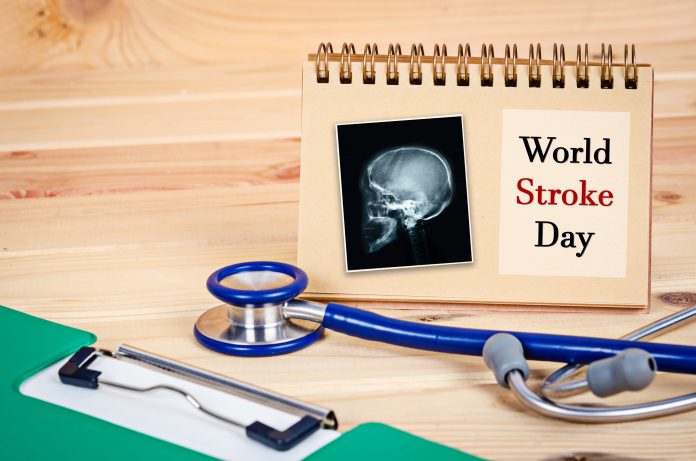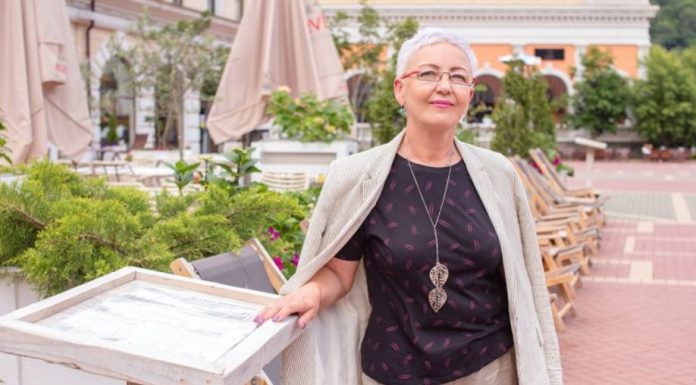Each year millions of people have a stroke. A stroke can happen to anyone at anytime and doesn’t just affect the elderly. Strokes occurs when blood flow to an area of the brain is cut off. Brain cells are then deprived of oxygen and the cells die. Because of this, any abilities controlled by that area of the brain are lost. How much a person is affected by a stroke depends upon how much of the brain is damaged and where it is damaged.
There are several different types of strokes:
Hemorrhagic Stroke
This is the least common type of stroke but it more often results in death. This type of stroke occurs when a brain aneurysm bursts or a weak blood vessel leaks. Blood leaks into or around the brain which creates swelling and pressure. This damages cells and tissue in the brain. There are two types of hemorrhagic stroke: intracerebral, usually caused by high blood pressure or aging and subarachnoid hemorrhage. Subarachnoid hemorrhage strokes can be caused by aneurysms, head injuries, bleeding disorders and blood thinners.
Ischemic Stroke
These strokes occur when a blood clot blocks a blood vessel which is carrying blood to the brain. High blood pressure is the most common cause of an ischemic stroke. There are two types of ischemic stroke, embolic, when a blood clot blocks a blood vessel and thrombotic. Two types of blood clots can cause a thrombotic stroke. The most common is a large vessel thrombotic stroke in the larger arteries of the brain. High cholesterol is often the reason for this type of stroke. Small vessel disease is another type of stroke that is often closely related to high blood pressure.
When the flow of blood to part of the brain stops for a short while it is called a transient ischemic attack (ITA) The symptoms from these attacks disappear quickly and do not cause permanent brain damage. They are a warning that a stroke could happen in the future.
October 29th is World Stroke Day. To read more about this day and find more information on strokes, click here.
To follow one of our team member’s caregiver’s journey after her father’s stroke, click here























